To Free or Not To Free 💀
At last, a clear framework on how to choose between freemium, free trial, or paid-only
Brought to you by Schematic: helping startups ship any pricing model without code changes.
Schematic unlocks pricing agility. Trials, credits, usage data, custom deals, expansion triggers, & more. All in one place.
Easy setup: built on Stripe, no migration needed. Schematic gets it.
Schematic is one of the most interesting SaaS advancements in years. The industry will look back and wonder why the heck we asked internal teams to build these capabilities (often poorly, over and over).
— Michael Morrisey, CPO Sema4.ai & ex-CTO, Fullstory
Book a demo or create a free account here, or email Schematic CEO Fynn at fynn@schematichq.com.
Do you hear this at your startup?
“Should we be freemium?”
“How about a free trial?”
“Why one, not the other?”
Weeks, months, years go by without answers.
Sometimes it goes beyond questions. Sometimes the startup builds for months.
Only to realize they had it all wrong from the start.
Existing literature underwhelms. Blog post fluff that haphazardly lists pros and cons without a clear decision framework.
Bad advice results in bad decisions.
This essay guides founders, product, and growth leaders on how to choose between freemium, free trial, and paid only.1
What is the difference between freemium and a free trial?
Freemium is free product access that could last forever
Free trial is free product access that ends after some time or usage limit
Here’s the decision tree 👇 and let’s dive in.
Freemium
First, decide whether to offer a free tier that can be used for free forever.
This decision is fundamental. It affects nearly every aspect of how your business operates.
On the other hand, free trial is a funnel optimization.
Therefore deciding freemium should happen before you decide on a free trial.
Many generational products are freemium. Consider ChatGPT, Spotify, Dropbox.
How should you decide?
Competitive Pressure
Do you face significant competitive pressure to offer the product for free?
Think about whether there are cheaper competitors, or competitors who might be cheaper.
Will they take the market before you?
If yes, consider freemium.
Astute readers might notice the logical leap…
Just because a competitor might undercut you doesn’t mean you should jump all the way to free.
Logically it might be better to price-match or marginally undercut.
But if you do, the competitor might undercut you again.
If you simulate forward enough times, you both reach the lowest price you can afford2.
This is typically free for software. (More on AI costs and costs in general later).
In competitive markets, freemium can cement users into your ecosystem. You can monetize later.
Consider that for every free product with massive mindshare, there are many competitors who might have taken that market.
Spotify had Pandora, Apple Music, and more. Dropbox had Box, Google Drive, and more. ChatGPT had Claude, Gemini.
What if you don’t face competitive pressure? Are there other reasons to be freemium?
Network Effects
Are you creating a network effect that needs many users?
Consider freemium if it creates a network effect that solidifies your market position.
Network effects are when product or business value increases with the number of users.
This mostly happens in products that connect people, like communication and collaboration tools.
Take Slack or Zoom. Mass adoption makes them more frictionless and valuable for everyone.
Or take Figma or Dropbox. The network effect starts with file sharing, pulling more users into the ecosystem. And increases with collaboration.
A more subtle network effect happens when a product generates massive word of mouth entirely off-platform.
Take ChatGPT’s launch in late 2022, or its 4o image launch in early 2025. Each launch sparked a word of mouth explosion. User-generated content fueled growth.
In all cases, freemium fueled the network effect.
But what if there is no network effect?
Data for Innovation or Monetization
Are you collecting a huge amount of data for innovation or monetization?
You might need a free tier to gather valuable data.
That data could improve the existing product or power brand new experiences.
Consider Grammarly or ChatGPT. Free user data both improves existing models and highlights brand new use cases.
Data can also open new and meaningful revenue streams.
The most common is advertising. In this case the “data” are the free users themselves. This is the primary business model for social media, search engines, casual online games, and more.
Some SaaS companies also monetize ads. Spotify’s free tier ads are ~12% of revenue; Duolingo’s are 5-10% of revenue.
Last but not least, you could directly sell the data. This is increasingly popular given AI companies are hungry for data to train models. Just be transparent with your users!
Free Trial
Having explored freemium, how should you decide whether to offer its distant cousin, a free trial?
Competitive Pressure
Do you face significant competitive pressure to offer a free trial?
We meet this concept again.
Only now we know the pressure isn’t so massive that you need a free tier.
Imagine two identical products.
Neither offers a free tier. One offers a free trial.
If the other doesn’t have a free trial, it would lose market share.
Consider Calm and Headspace as an example of this dynamic. Both have extremely similar time-based free trials.
Or consider each of Replit, Lovable, Bolt, and v0’s usage-based free trials.
When I worked with Replit earlier this year, the Agent pricing conversation was one of the quickest I’ve ever seen. Given the competition, there was no answer other than a usage-based free trial.
What if you have little to no competitive pressure?
Reaching New Customers
Do you need to reach lower intent customers to grow?
Imagine that you’re already reaching customers who are willing to pay up front.
You might feel you’d grow faster by also accepting lower intent customers on a free trial.
The hypothesis is that some of these customers will pay — but only if they experience it for free.
This is common for mature products that start to saturate their market. Salesforce, Adobe, and Tableau are examples.
What if you’re early stage and reaching lower intent customers isn’t a priority?
Value Perception
Does using the product for free result in higher perceived value than paying up front?
Users might feel your product is more valuable if they start for free than if they pay up front.
This might result in the same customer activating better.
This is a delicate dance between “the value you convey through marketing, pre-product” versus “the value you convey through product”.
If it’s extremely difficult to convey value through marketing, but easy through product, consider a free trial.
Take Readwise, which helps you remember what you read.
The value is hard to imagine just from marketing.
It is extremely obvious when you connect your Kindle highlights and receive a few emails.
This predisposes Readwise to a free trial instead of payment up front.
Note: This effect is extremely hard to untangle from “reaching new customers”.
Why? Because a free trial is guaranteed to introduce a lower intent persona that explodes funnel volume.
This makes it very difficult to observe how a single customer’s psychology is affected by paying up front versus free trial.
But you can get meaningful signal by manually onboarding customers.
Pay attention to their emotional state, behavioral cues, commitment signals.
Consider a free trial if it seems that your ideal customer only “gets it” after using the product.
Deeper Considerations
Global versus local optimization
You must be clear on whether something is a primary reason to be free, or just a local optimization.
Yes, perhaps you can gather data, expand audience, and so on.
But should you?
Or would you be better off focusing on the main product right now?
For example, Spotify’s ad model — at only 12% of revenue — is probably more of a local optimization, not the primary reason they have a free tier.
The main reason is likely more about competitor dynamics and reaching lower intent customers.
Most free debates I see at startups are due to differences in opinion on whether an idea is a global or local optimization.
Which neatly segues into evaluation…
Was it a good idea?
How do you evaluate if free was a good idea versus paid only?
Free trial versus pay up front is difficult to evaluate, but doable.
Good indicators are day 1 to 30 activated customers, and month 1 to 3 retained revenue.
Activated customers examines customer throughput and value experienced.
Revenue retained tells you if customers actually stick around.
You can run an A/B test where half of visitors get a free trial and half don’t. Then compare outcomes.
Freemium versus paid only is much harder to evaluate, since freemium affects every part of how your startup operates.
Thus there’s no easy A/B test to run.
This is why we need a clear decision framework, with clear hypotheses.
You can then evaluate outcomes against those hypotheses.
Did we beat competition? Did we create huge network effects? Did we gather massively valuable data?
And, ultimately, was the upside worth the cost?
Speaking of cost…
Free isn’t free
Both freemium and free trial assume the upside outweighs the cost of all those users.
Proceed with caution!
More users means more spend on infra, AI, handling support tickets, fixing bugs, handling discussion on social, and more.
AI costs are particularly important. Power users can run a small company out of business with aggressive use.
So you might need usage caps.
Initially this might be precautionary. Over time it becomes strategic and part of how you monetize.
Why didn’t Superhuman do freemium or free trial?
I get this question a lot — so let’s use the framework.
Freemium
Do you face significant competitive pressure to offer the product for free?
No.
There was (mostly) free Gmail and Outlook.
And there were lots of startups. Some had a free tier.
But the whole point of Superhuman is to provide significantly more value than alternatives.
The lack of competitive pressure for the value provided meant there was no need for a free tier to secure market share.
We did the opposite: deliver a far superior product as a wedge, and price high to reflect value.
Are you creating a network effect that needs many users?
No.
The core value of Superhuman does not need everyone to have product access.
In fact, quite the opposite!
Superhuman is backward compatible with existing email systems.
We flirted with the idea that “Sent via Superhuman” plus word of mouth might be a good marketing network effect that could justify a free tier.
We even experimented with this for nearly a year.
The specific hypothesis was that we’d spread faster inside teams if we offered free access.
So we launched a free seat type to existing paying teams, and we required payment past a certain amount of usage.
The virality uptick was huge: ~4x the amount of growth within teams.
Incredible!
But <25% of those seats monetized. <25% even activated.
On a revenue basis we were worse off.
Disaster.
So we pulled the plug … for now.
Are you collecting a huge amount of data for innovation or monetization?
No.
Free Trial
Do you face significant competitive pressure to offer a free trial?
No.
Do you need to reach lower intent customers to grow?
To an extent, but offering a universal free trial is a delicate choice, because…
Does using the product for free result in higher perceived value than paying up front?
Every time we experimented with a free trial, we saw customers take Superhuman much less seriously than when they’d paid up front.
As a result they activated, monetized, and retained less well.
This was not just because the free trial reached lower intent users that pulled average engagement down.
No. We saw the same customer type take Superhuman less seriously, due to lower value perception.
Customers need behavior change to succeed with Superhuman.
But the free trial seemed to cause less behavior change.
So we concluded that paying up front was a crucial part of the experience.
And if someone really wants a month free, they can get a referral.
Now it’s your turn.
Considering adding freemium or a free trial?
Or think you might have erred in your choice so far?
Use the framework.
Sponsored by Schematic: helping startups rapidly build & iterate their pricing models. Grow faster and free up engineering — what’s not to love?
Book a free pricing session with Schematic CEO Fynn here.
This essay focuses on SaaS but the thinking applies to social media, search, marketplaces, and more.
Economics nerds (like me) might remember this as a Bertrand duopoly equilibrium.


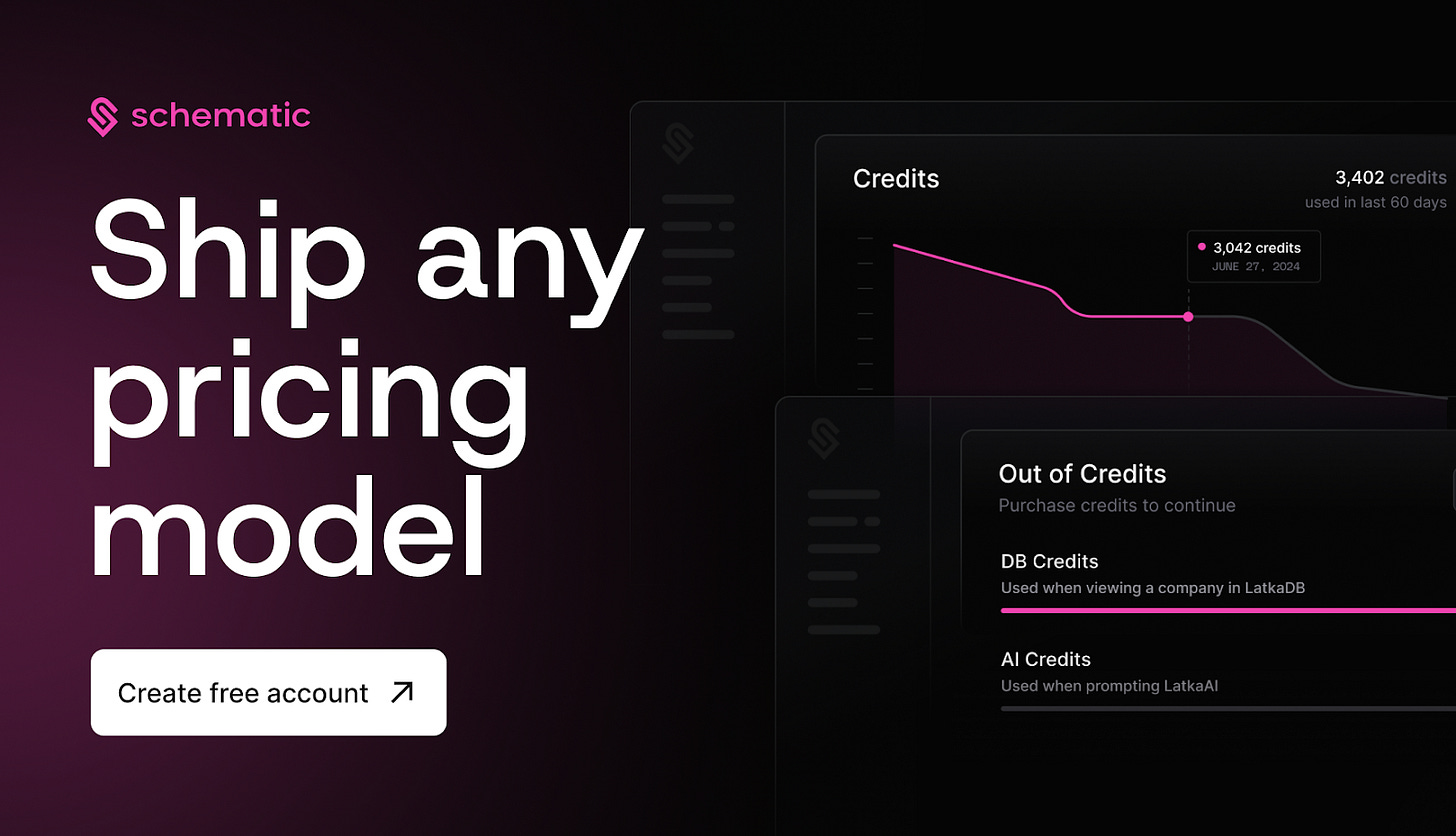
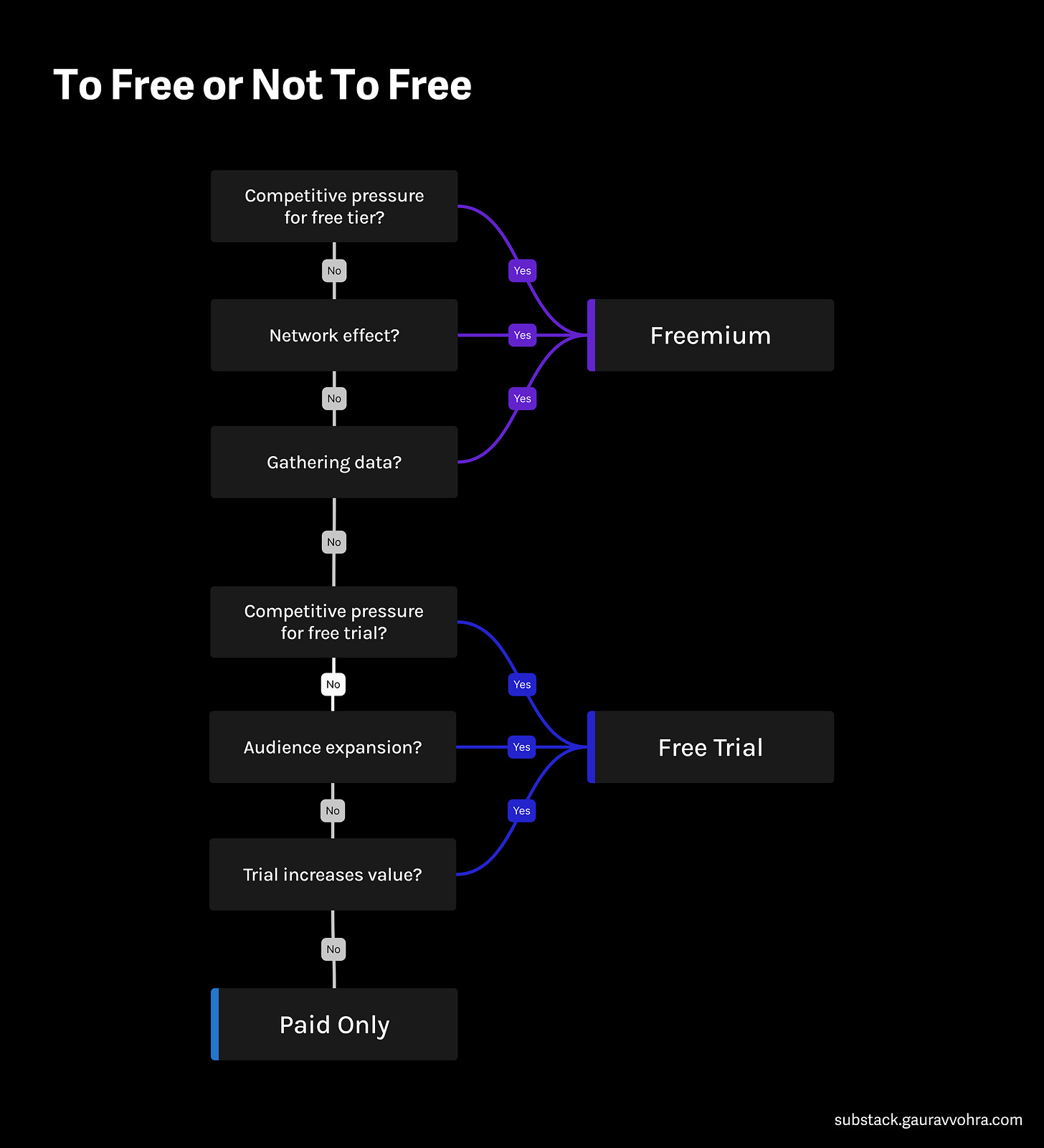
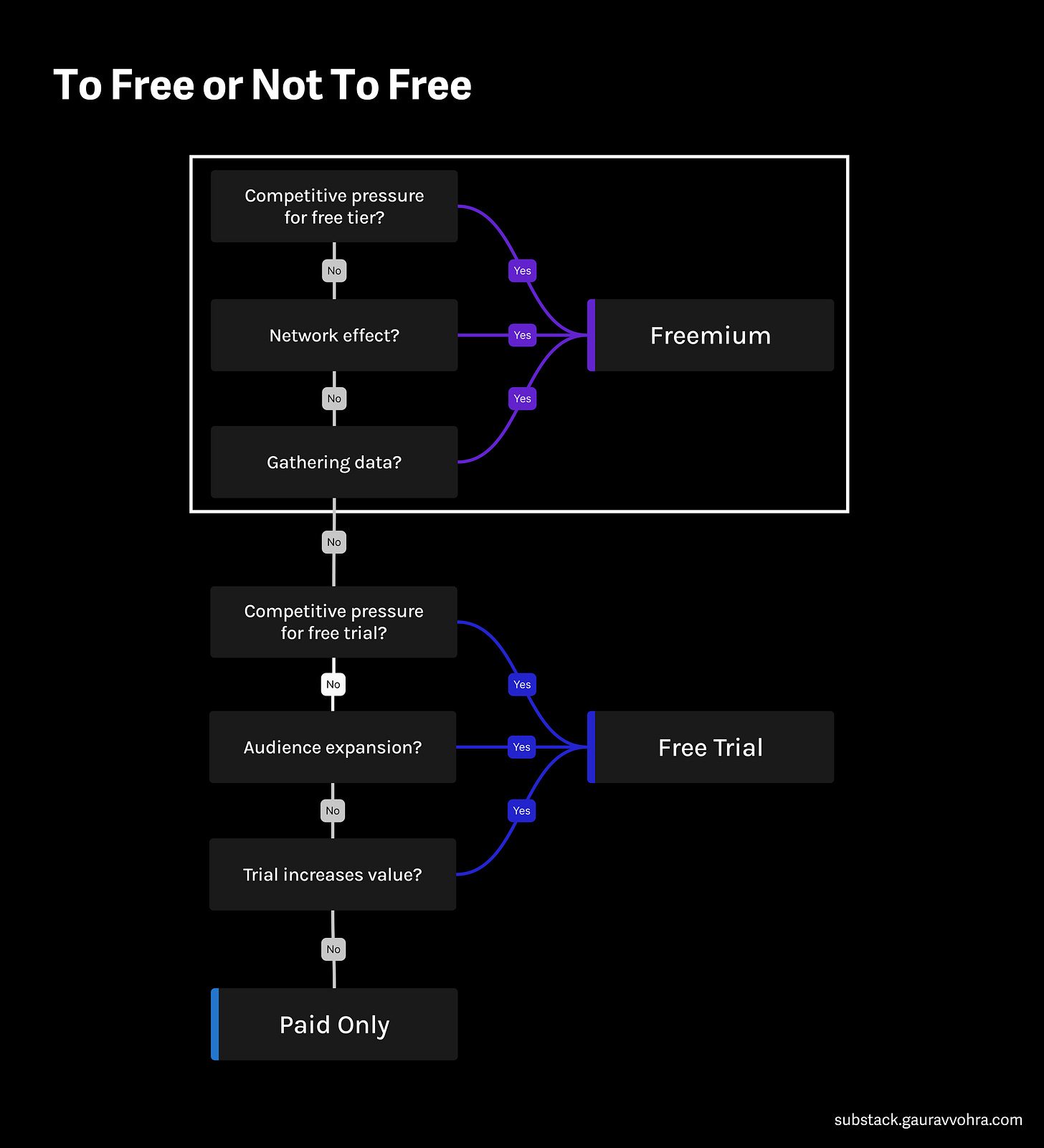
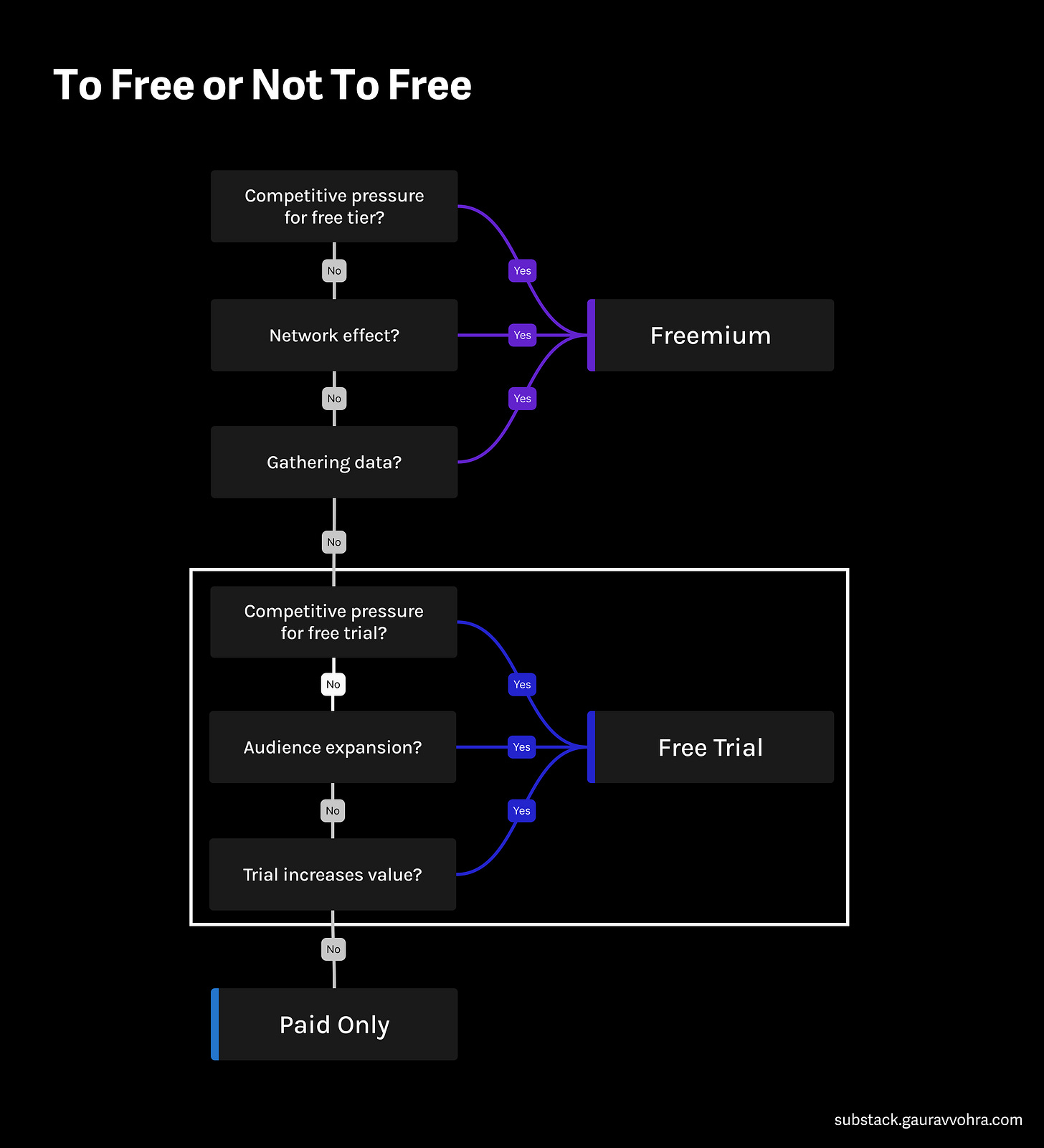
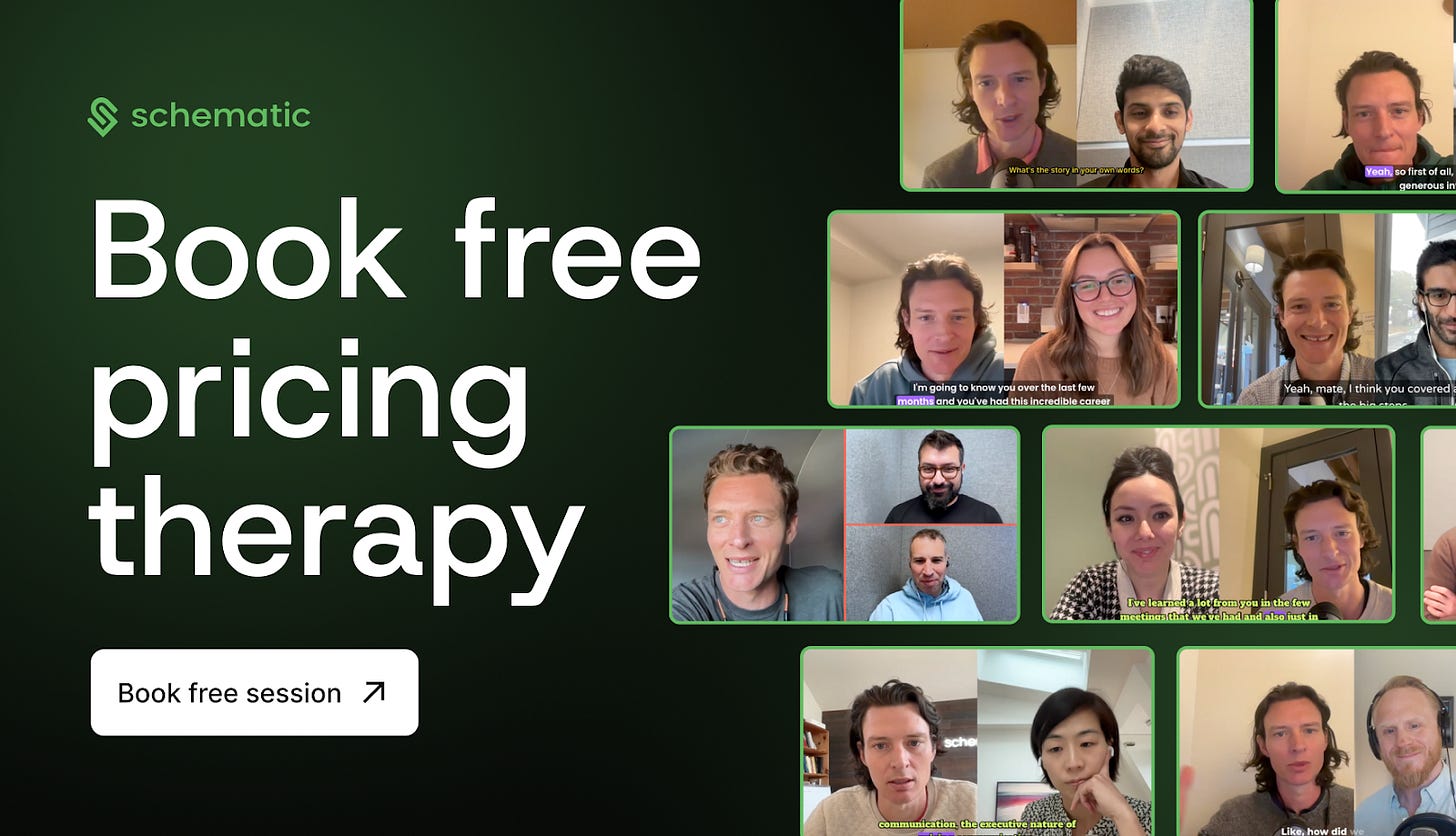
Finally a hands-on perspective that will help startups.
Just curious: when you launched Superhuman, did you directly start with a paid tier instead of free trial/freemium? If yes, what factors gave you the confidence that it would work?
Once you realize you can count Freemium as a marketing expense to grow your audience - it makes so much more sense